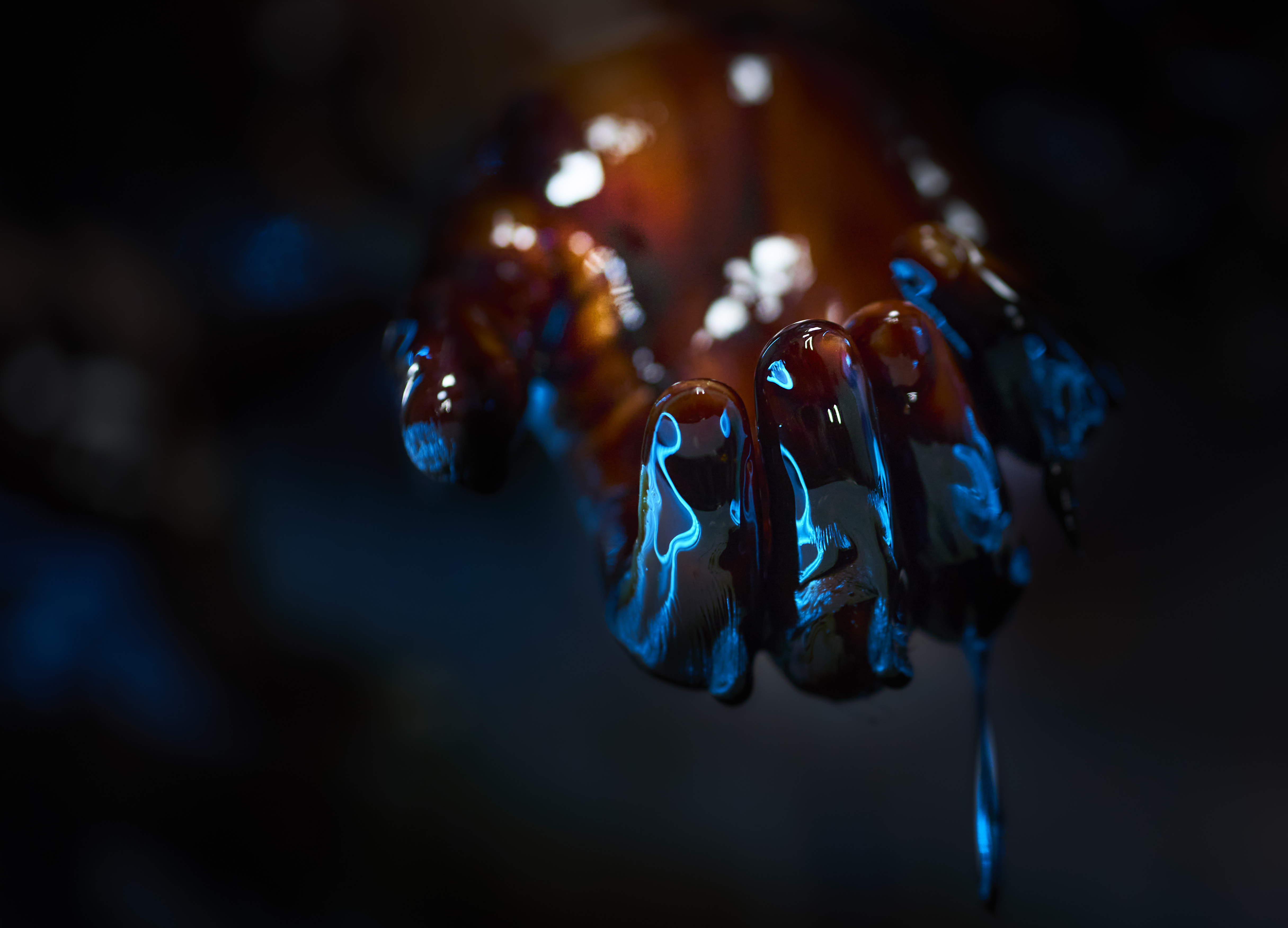Alumnus Mike Armstrong launches Voices of Veterans
Please note: This article discusses post-traumatic stress disorder and veteran mental health, which some readers may find confronting.
Please note: This article discusses post-traumatic stress disorder and veteran mental health, which some readers may find confronting.

Please note: This article discusses post-traumatic stress disorder and veteran mental health, which some readers may find confronting. If this raises any issues for you, or if someone you know needs help now, please call Lifeline on 13 11 14.
Artist, UNSW Canberra alumnus and former Australian Army officer Mike Armstrong is leading a project aimed at drawing attention to health challenges faced by veterans.
The first part of the Voices of Veterans project – a collection of photographic artworks that visually represent individual experiences of veterans living with Post Traumatic Stress Disorder (PTSD) – was displayed at UNSW Canberra City in April.
The exhibition will be open to the public from Wednesday, May 18 at the National Press Club.
The photos document a creative process using molasses as a metaphor, which Mike explained allows the subjects to connect with themselves in a raw, visceral and vulnerable way.
“Molasses is a good metaphor for living with PTSD,” he said.
“It’s sticky, it’s heavy, it drags you down. It’s this darkness that consumes you and it’s messy. It changes the shape of the form that lies beneath it.
“Then there’s a cleansing ceremony at the end where they wash down. They embody all the feelings, the weight, the oppression and then we wash it all off.”
Veteran Mick Cook described how the process mirrored his experience with PTSD.
“The use of molasses in the shoot is perfect,” he said.
“The sticky mess, sometimes hidden under the uniform, permeates everything and will remain with you unless you can cleanse yourself of the burden. Even after you remove most of it, you will find a remnant – sticking to your arm, or your leg, or your hair. It remains a part of you. For some of us, that part is a distant memory of a challenge faced and defeated. For others, it sticks too tightly and it threatens to consume them.”
The result is a series of striking photographs, but for Mike, the process is just as important as the images themselves.
“The images are the shiny thing that people get to see, but the impact behind all that is really what it’s all about,” he said.
Voices of Veterans also aims to bring veterans together to see the works, participate in veteran-led art workshops and build veteran communities through art education and connection.
A Voices of Veterans fund is being built. All donations will be received through the Australian National Veterans Art Museum and the money raised will enable veterans to run their own long-term, community-building veteran events, through a grant process.
The artworks serve as a conversation starter, an invitation to talk about mental health, which Mike said is chronically underdiscussed in the community.
“What I realised from my interactions with the veterans is that even though there’s a vast array of mental health services available to them, most of them don’t know about it, or most of them don’t know how to ask for help or won’t ask for help,” he said.
“Once I gave them permission by being vulnerable about my own mental health experiences, suddenly there was this change happening in the lives of these individuals. I thought maybe that’s what the missing component is – it’s not that we need more healthcare providers, we just need a community that encourages veterans to go to health care providers to talk about their experiences.”
It’s a problem that Mike said applies to the wider population.
“Everything that I found about the veteran experience is actually a universal experience,” he said.
“We should actually talk a hell of a lot more about how we’re feeling in our mental health conditions than we actually do.”
Voices of Veterans will exhibit at the National Press Club until 19 June. Exhibition entry is free.